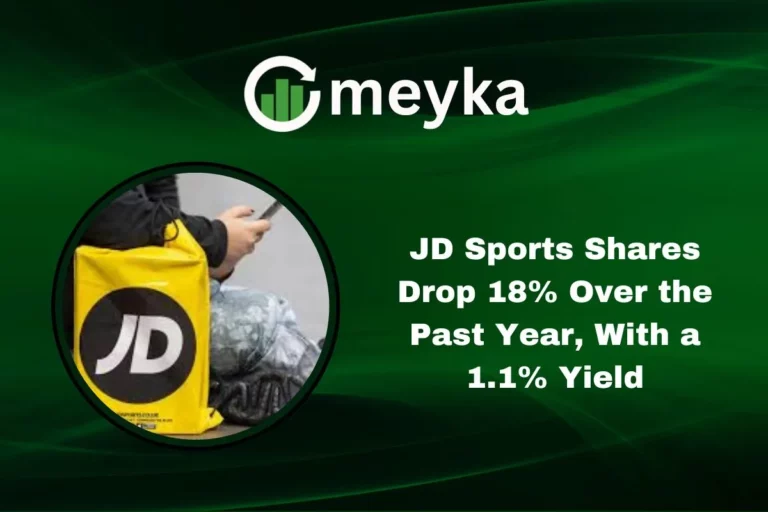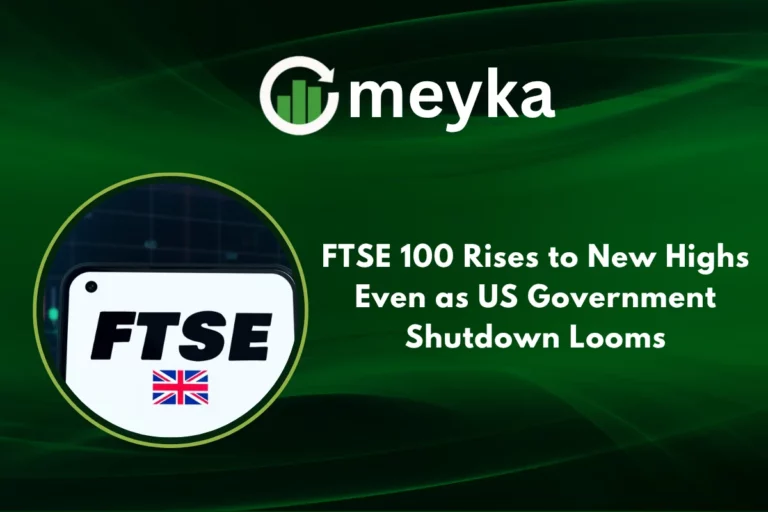Adidas Q3 Sales: North America Slowdown Weighs on Global Growth Momentum
We examine the latest data on the focus keyword Adidas Q3 to understand how Adidas’s performance in the third quarter reflects broader global trends and regional headwinds. In Q3 2025, adidas reported revenue of €6.63 billion (~US$7.73 billion), up just 3% year-over-year in reported terms, but up 12% currency-neutral for the adidas brand when excluding the discontinued Yeezy line. This shows that while growth is intact at a headline level, regional discord, especially in North America, is weighing on the momentum.
Here’s what this means for investors, the sportswear industry, and adidas’s strategic roadmap.
1. Global Growth and Profitability Trends
Broad-based Upturn Despite Cross-Currents
Adidas achieved strong growth in underlying performance: currency-neutral brand revenues rose 12% in Q3. Reported gross margin improved to 51.8% from 51.3% a year earlier, and operating profit climbed to €736 million from €598 million, yielding an 11.1% margin versus 9.3% in Q3 2024.
This shows adidas is successfully navigating inflationary and tariff pressures via pricing and product-mix improvements. Looking ahead, the company raised full-year operating profit guidance to about €2.0 billion, up from a previous €1.7-1.8 billion range.
What This Indicates for the Industry
The sportswear sector is facing mixed signals globally: strong demand in lifestyle/performance categories, but rising input and trade-cost pressures. Adidas’s ability to still deliver margin improvements suggests resilient brand strength. However, the modest overall reported growth (3%) reveals how currency and regional headwinds are real.
Takeaway for investors: adidas shows structural improvement internally, but macro/regional risks remain that could blunt upside.
2. North America: A Key Weak Spot
Regional Slowdown and Structural Disruption
North America was a weak spot in Q3. In reported terms, group sales in the region fell 5% year-over-year, mainly due to the termination of the Yeezy collaboration and cost/tariff pressures. When excluding the discontinued Yeezy business, the adidas brand still grew in the region, but only 8% currency-neutral, which was the slowest among regions.
For legal/regulatory context, adidas’s prior partnership with Yeezy ended after controversial remarks by designer Ye (formerly Kanye West), and adidas sold out the remaining Yeezy inventory by the end of 2024.
Implications for Market and Legal/Trade Considerations
From a trade and legal standpoint, North America presents a tougher environment: U.S. tariffs on imports have elevated cost structures; a strong euro has reduced the dollar-translated value of U.S. sales by over €300 million in Q3. Moreover, discontinuing a high-margin collaboration like Yeezy creates both a brand gap and inventory correction headwind.
Takeaway for investors: The North America slowdown highlights region-specific legal (licensing setbacks), currency, and trade risks. Adidas must offset this weakness via other geographies or new product launches.
3. Strategic Playbook & Law/Trade Oversight
Pricing, Supply Chain, and Trade Policy Adjustments
Adidas responded to tariff pressures by raising prices in the U.S. example: the popular Samba sneaker now starts at US $100 instead of US $90. The company has also shifted sourcing and mitigated freight costs, which improves margin despite the strong euro. Adidas said it “successfully offset part of the extra costs resulting from increased U.S. tariffs”.
From a legal/regulatory angle, adidas must ensure compliance across trade jurisdictions (especially U.S. export/import rules) given its global supply chain. Monitoring geopolitical tit-for-tat tariffs remains key.
Impact on Industry Players
Sportswear competitors will likewise face tariff and currency risks; adidas’s responses may serve as a model (e.g., selective price increases, margin management). For investors in retail and apparel, the adidas Q3 outcome underscores that global growth is less about merely boosting sales and more about navigating structural cost/disruption headwinds.
Takeaway for investors: adidas’s strategic adjustments reduce risk exposure to trade/legal events, but any further escalation in U.S. trade policy could reverse the tailwinds.
4. Investor Reaction and Market Sentiment
Analyst Ratings and Market Movement
Before release of its Q3 results, analysts at Piper Sandler maintained an Overweight rating on adidas with a price target of €200, citing the company’s competitive pricing (footwear ~6% cheaper, apparel ~7% cheaper than peers) and diversified growth beyond its Terrace lifestyle franchises.
In market terms, the stock slid ~2.13% after the Q3 guidance update, reflecting that despite strong fundamentals, investors are cautious given regional weakness.
Social & Community Signal
Here’s a social signal from X (formerly Twitter):
Takeaway for investors: Sentiment is cautiously positive, adidas is seen as improving structurally, yet with visible regional risk. Market momentum thus remains mixed.
Conclusion
For the focus keyword Adidas Q3, the story is one of strength overshadowed by regional uncertainty. adidas delivered record quarterly revenue (±€6.63 billion) and improved profitability, yet North America remains a drag due to a combination of discontinued licensing, tariffs, and currency headwinds. For investors and industry watchers, the actionable insight is this: monitor adidas’s recovery in North America closely and assess whether growth in Europe/Asia can sustainably offset U.S. weakness. The company’s elevated full-year profit guidance (~€2.0 billion) provides support, but execution risk remains tied to trade and regional consumer sentiment.
FAQS
Adidas reported revenue of €6.63 billion in Q3 2025, up 3% on a reported basis; in currency-neutral terms (excluding Yeezy), brand revenues rose 12%.
In the U.S./North America region, adidas group sales fell 5% year-over-year, mainly due to disappearing Yeezy revenues and tariff/currency impacts. When excluding Yeezy, brand growth was about 8% currency-neutral.
Adidas had ended its partnership with Yeezy (designed by Ye) after 2022; by the end of 2024 it sold its remaining inventory. The loss of this high-margin line weighed on the U.S. region’s comparative base and made growth harder.
Analysts such as Piper Sandler maintained an Overweight rating on adidas with a €200 price target, citing the brand’s improved pricing, product mix, and broad-based growth.
Disclaimer:
The content shared by Meyka AI PTY LTD is solely for research and informational purposes. Meyka is not a financial advisory service, and the information provided should not be considered investment or trading advice.






